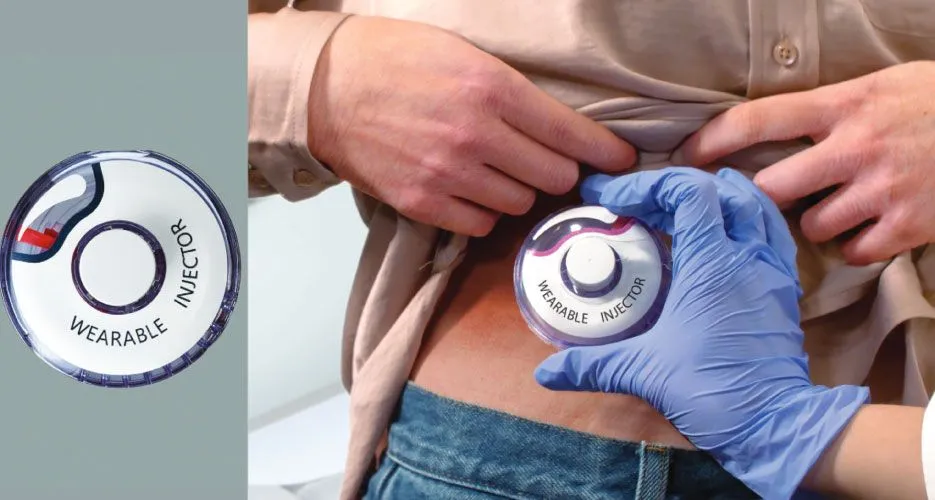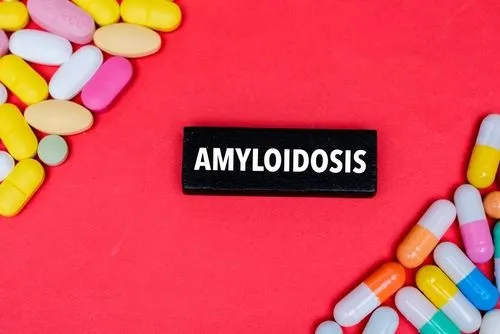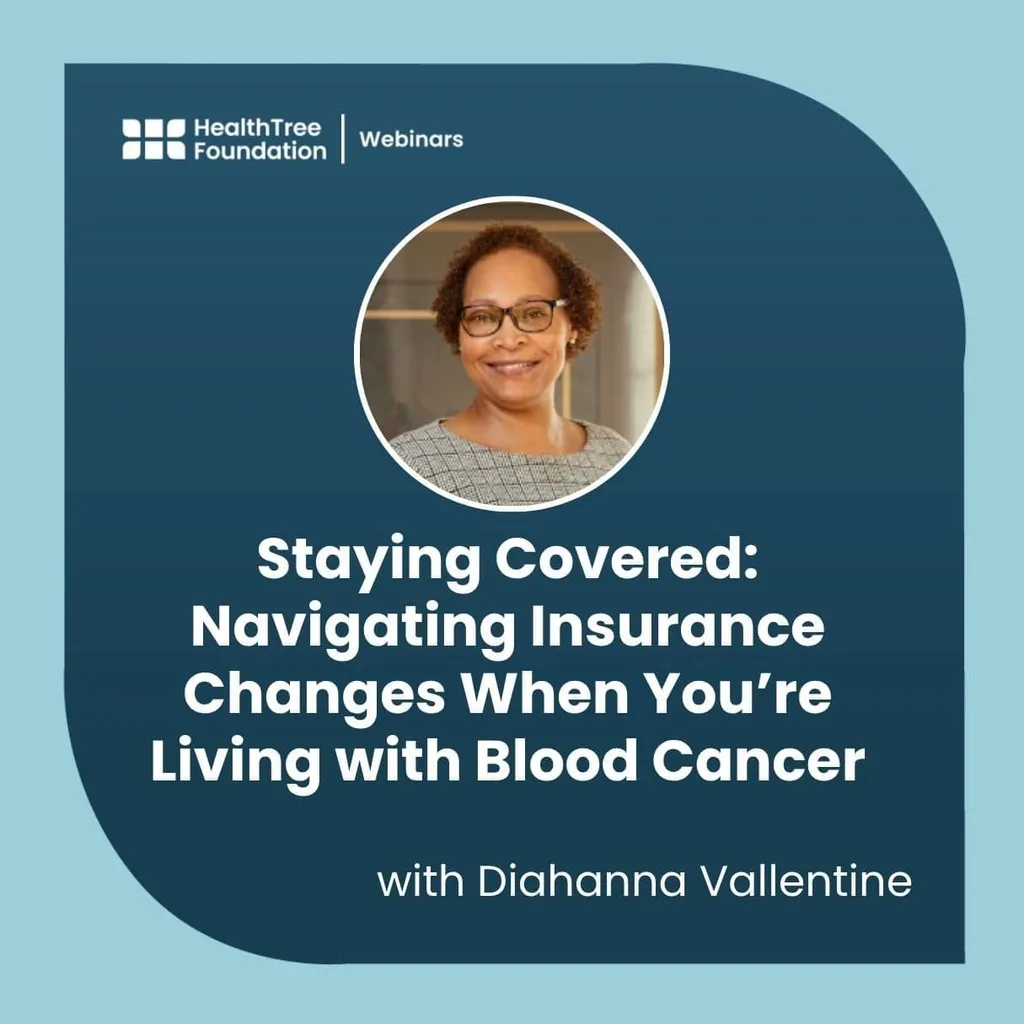New Risk Assessments for Smoldering Myeloma Patients Developed by International Myeloma Working Group

The International Myeloma Working group has developed new risk stratification criteria for smoldering myeloma according to a recent article. This is sorely needed in the myeloma space as smoldering myeloma patients live with the stress of "watching and waiting" until their disease progresses (or doesn't) to active myeloma. Many smoldering myeloma patients may, in fact, have active myeloma. And some who are high risk of developing myeloma should participate in clinical trials while others could wait years longer until they are treated.
Smoldering myeloma has a 10% per year risk of progression during the first 5 years after diagnosis. This risk decreases to 3% per year over the next 5 years and is 1% per year 10 years after diagnosis.
A total of 1996 patients were studied. The goal of the study was to identify patients who are 50% or more likely to develop active myeloma within a 2 year period. Three independent factors predicted progression risk at 2 years:
- Blood monoclonal protein over 2 g/dL
- Involved vs. uninvolved light chain ratio over 20
- Plasma cell percentage over 20%
Patients with the genetic features of t(4;14), t(14;16), +1q, and del13q/monosomy 13 by fluorescence in situ hybridization (FISH) were identified as higher risk, creating a fourth group.
The standard of care in smoldering myeloma regardless of risk assessments has been observation. Studies over the last several years, however, have shown that early treatment can reduce the risk of progression to active myeloma. The Spanish Myeloma Group ran the first study testing the use of lenalidomide and dexamethasone vs. observation which showed greater time to progression in the len/dex arm. Similarly, the Eastern Cooperative Oncology Group (ECOG) ran a lenalidomide only study which also showed significant benefit vs. observation. Many additional smoldering myeloma studies are now in process testing a variety of approaches, both aggressive and not aggressive.
According to the researchers:
The median follow-up from diagnosis was 3.0 years (IQR 1.6–5.1). At the data cut-off, 815 (41%) patients had progressed to MM or a related disorder. The median time to progression (TTP) for the entire cohort was 6.4 years (95% CI 6.0–7.2); the 2-, 5-, and 10-year risk of progression were 22, 42, and 64%, respectively The estimated 5- and 10-year OS for the entire cohort from SMM diagnosis was 93.8% (92.0–95.2) and 88.3% (84.8–91.1), respectively.
The authors conclude that this study defines four groups of smoldering myeloma patients with different progression risk at 2 years. They note that this model is easily reproduced and available worldwide.
The guidelines bring new insight to smoldering myeloma patients worldwide, better standardization of risk, more standard clinical trial inclusion criteria and we hope eventually the ability to prevent myeloma from developing at all.
The International Myeloma Working group has developed new risk stratification criteria for smoldering myeloma according to a recent article. This is sorely needed in the myeloma space as smoldering myeloma patients live with the stress of "watching and waiting" until their disease progresses (or doesn't) to active myeloma. Many smoldering myeloma patients may, in fact, have active myeloma. And some who are high risk of developing myeloma should participate in clinical trials while others could wait years longer until they are treated.
Smoldering myeloma has a 10% per year risk of progression during the first 5 years after diagnosis. This risk decreases to 3% per year over the next 5 years and is 1% per year 10 years after diagnosis.
A total of 1996 patients were studied. The goal of the study was to identify patients who are 50% or more likely to develop active myeloma within a 2 year period. Three independent factors predicted progression risk at 2 years:
- Blood monoclonal protein over 2 g/dL
- Involved vs. uninvolved light chain ratio over 20
- Plasma cell percentage over 20%
Patients with the genetic features of t(4;14), t(14;16), +1q, and del13q/monosomy 13 by fluorescence in situ hybridization (FISH) were identified as higher risk, creating a fourth group.
The standard of care in smoldering myeloma regardless of risk assessments has been observation. Studies over the last several years, however, have shown that early treatment can reduce the risk of progression to active myeloma. The Spanish Myeloma Group ran the first study testing the use of lenalidomide and dexamethasone vs. observation which showed greater time to progression in the len/dex arm. Similarly, the Eastern Cooperative Oncology Group (ECOG) ran a lenalidomide only study which also showed significant benefit vs. observation. Many additional smoldering myeloma studies are now in process testing a variety of approaches, both aggressive and not aggressive.
According to the researchers:
The median follow-up from diagnosis was 3.0 years (IQR 1.6–5.1). At the data cut-off, 815 (41%) patients had progressed to MM or a related disorder. The median time to progression (TTP) for the entire cohort was 6.4 years (95% CI 6.0–7.2); the 2-, 5-, and 10-year risk of progression were 22, 42, and 64%, respectively The estimated 5- and 10-year OS for the entire cohort from SMM diagnosis was 93.8% (92.0–95.2) and 88.3% (84.8–91.1), respectively.
The authors conclude that this study defines four groups of smoldering myeloma patients with different progression risk at 2 years. They note that this model is easily reproduced and available worldwide.
The guidelines bring new insight to smoldering myeloma patients worldwide, better standardization of risk, more standard clinical trial inclusion criteria and we hope eventually the ability to prevent myeloma from developing at all.
about the author
Jennifer Ahlstrom
Myeloma survivor, patient advocate, wife, mom of 6. Believer that patients can contribute to cures by joining HealthTree Cure Hub and joining clinical research. Founder and CEO of HealthTree Foundation.
More on Treatment Advances
Trending Articles
Upcoming Events




Get the Latest Multiple Myeloma Updates, Delivered to You.
By subscribing to the HealthTree newsletter, you'll receive the latest research, treatment updates, and expert insights to help you navigate your health.












